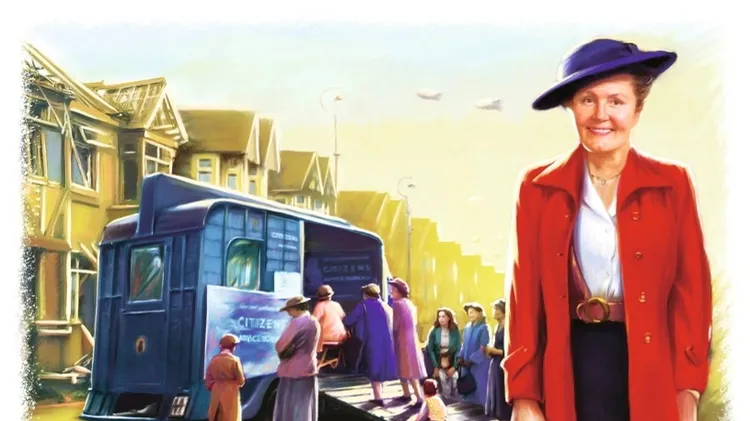Gillian Mawson shares the stories of the children evacuated during the Second W
Sent to safety
6 min read
This article is from...
Read this article and 8000+ more magazines and newspapers on Readly






